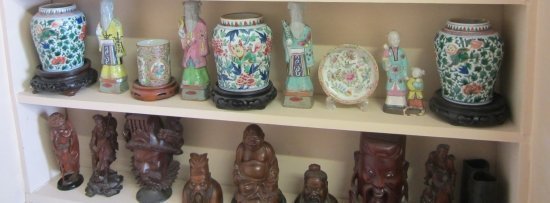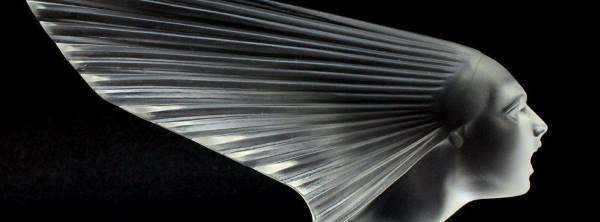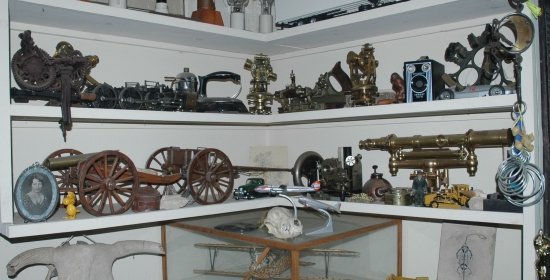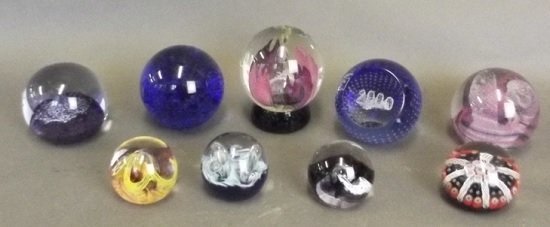Though primarily thought of as a designer in metal, William Arthur Smith Benson (1854-1924) was comfortable designing furniture in wood, metal and most famously, wood and metal combined. He designed both simple artisan furniture and complex luxury furnishings.
His career as a furniture designer can be listed in terms of the companies known to have executed his designs. He is currently known to have had his designs produced by Morris & Co., J.S. Henry, W.A.S. Benson, Coalbrookdale and Shapland & Petter. Of the latter two companies, only one item of his own manufacture is known to exist, and research is ongoing into the relationship between Benson and Shapland & Petter.
Benson’s most famous designs were those produced for Morris & Co. These encapsulated his ability to design in both ‘Cottage’ and ‘City’ styles. His earliest designs for Morris included a reworking of the severe artisan-designed furniture by the Pre-Raphaelite artist Ford Madox Brown. These original furnishings are retained at Kelmscott Manor, the home of William Morris.
These early designs can be directly correlated to the Benson designs, perhaps reflecting an increased need for commercialism by ‘The Firm’. Examples of these later Benson designs are retained at Melsetter House in the Orkney Islands, off the west coast of Scotland. These designs were shown at the Morris ‘Artisan’s Model Dwelling’ exhibit at the New Art Exhibition of 1884.
The apparently contradictory juxtapositions of the titles ‘Artisan’ furnishings and ‘Moderate Incomes’ with the work of Morris & Co., the luxury furnishers to the very rich, might suggest some ambivalence about ‘The Firm’s’ overall objectives. But notwithstanding this, Morris & Co. continued to flourish for many years, with Benson eventually taking control after Morris’ death.
The 1906 publication Flats, Urban Houses & Cottage Homes edited by W. Shaw Sparrow illustrates a series of interiors captioned ‘Flats for Moderate Incomes’. Several of these interiors feature the work of Benson, as architect, interior designer and furniture designer. Some of the furniture shows the later stages of Benson’s ideas, integrating his skill in metal design and manufacture with his stylistically idiosyncratic tables and cabinets.
The materials used by Benson for his furniture designs were apparently chosen for both their appearance and functional suitability. The early ‘artisan’ designs were constructed of oak, and described as ‘Joiner Made’, presumably indicating a lesser quality, and therefore a lower price, and some later simple designs were constructed of green stained ash, painted birch, fumed oak and carved oak. The more costly later designs were flamboyant in design and construction and used such rare and valuable timbers such as Italian walnut, satinwood, pollard oak, tulipwood, purplewood and ebony. Some of these were mounted with fine dull brass castings and covered with rich slabs of Verde antique marble, in a manner very much opposed to the designs for the homes of those with ‘moderate incomes’. The later designs for J.S. Henry are in keeping with the more extravagant end of Benson’s furniture.
His understanding of relative material strengths and characteristics is commonly illustrated by the use of spun brass feet on many of his expensive designs. The use of decorative metal feet prevented damage both by moisture and movement, and allowed for a far more decorative feature of a commonly overlooked detail.
Benson’s own work Handicraft and Design published in 1893 has several furniture designs, all of a very simple, basic construction and design. The illustrations were not drawn by Benson but by the great illustrator A.M. Poynter. These designs show frequent use of spindles as supports, reflecting Benson’s familiarity with metal working, and were used in some of the Morris & Co. chair designs. His use of splayed legs on tables with more turnings is another characteristic that links these designs to the Morris catalogue.
Remarkably few pieces of Benson’s furniture designs have appeared on the market. The relative visual anonymity of the simple designs and dearth of contemporary published material may have precluded the awareness of their identity, despite Morris & Co. describing them as ‘popular’ The very high cost of the luxury designs probably ensured that very little was sold in the nineteenth century.
It may be observed that Benson’s furniture designs were perhaps secondary to his metal, and primarily lighting designs. Some of his original metal design drawings have been recently discovered but none of his original furniture drawings are known currently to exist. Their identity has been established primarily through contemporary catalogues of Morris & Co.
Benson is described as having his furniture in ‘many of the most artistic homes in the country’ reflecting the fashionable taste of artists of the day to furnish in the artistic style. Indeed the home of Edward Burne-Jones in Rottingdean, Sussex, was furnished with Benson designs, and in particular a piano specially commissioned in 1878.
His designs had an international reputation, through having his work displayed at exhibitions in Britain and Europe, and through his relationship with Bing’s Maison Art Nouveau, where much of Benson’s work was displayed and sold. A period photograph of Benson, with his wife Venetia, in his studio in Kensington, shows him sat amidst furniture known to be of his own design and some of which can be reasonably presumed to have been designed by him.
Benson also produced several designs for fireplaces. These were produced by Coalbrookdale in cast iron, in brass by Benson’s own foundry, and in painted timber by an as yet unknown manufacturer.
Examples of Benson’s furniture are on display at the Victoria and Albert Museum, and the Cecil Higgins Art Gallery in Bedford. Specialist antiques dealers occasionally may hold stock.
Bibliography
W.A.S. Benson, Notes on Some of the Minor Arts, 1883.
W.A.S. Benson, Elements of Handicraft and Design, Macmillan & Co. London 1893.
Morris & Co. catalogue
W. Shaw Sparrow (ed.), Flats, Urban Houses & Cottage Homes, Hodder & Stoughton, London, 1906.
Cabinet Maker, Volume 5, p.122
Alistair Duncan, The Paris Salons 1895-1914 Volume III: Furniture, Antique Collectors Club, Woodbridge, 1996.






